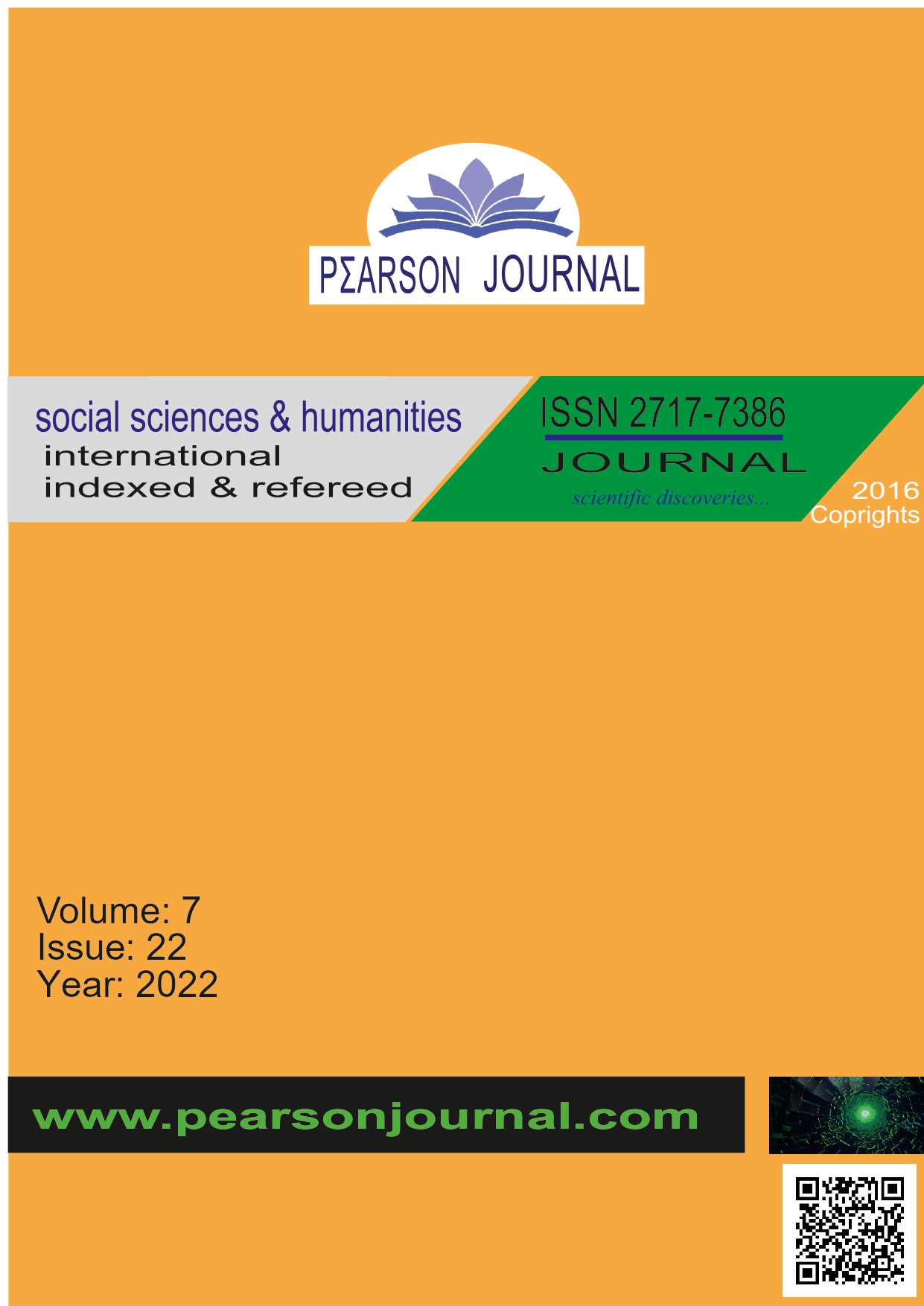UNEMPLOYMENT HYSTERESIS IN TURKEY: EVIDENCE FROM NONLINEAR UNIT ROOT TEST
DOI:
https://doi.org/10.46872/pearson.402Keywords:
Hysteresis, Linearity test, Unit root testAbstract
In this study, unemployment hysteresis hypothesis was examined by econometric methods by considering the unemployment rates from the establishment of the Republic of Turkey to the present day. In the history of the Republic, many local and global economic crises have been encountered. The economic crisis, which started in the United States in 1929 with the "great Depression", is considered to be the largest global economic crisis in the history of the Republic of Turkey, including the second World War, 1974 oil crisis, 2008 mortgage crisis. Local crises, such as the 1982 and 2001 banking crisis and the April 1994 crisis, can also be cited among the economic difficulties that Turkey faced and affecting unemployment. In the economic conjunctures that occurred during the crisis years, unemployment generally tends to increase at an unusual level. In such economic turbulence situations, determining whether the increasing unemployment rates are temporary or permanent is an important element that concerns economic decision-making units, policy makers and many other elements. Questioning the validity of the unemployment hysteria hypothesis examined in this framework for Turkey with current econometric techniques constitutes the main motivation for the study. The analysis carried out with 99 years of unemployment data covering the years 1923-2021 has the feature of being the most comprehensive study in the literature. In order to test the validity of the unemployment hypothesis, the linearity of the series was tested first. For this, Harvey and Leyborne (2007), Harvey et al. (2008) linearity tests were used. Both linearity tests applied strongly rejected the basic hypothesis that the series is linear. The Hepsag (2021) unit root test was used, which takes into account the nonlinearity, together with the finding that the unemployment series is nonlinear. As a result of the applied Hepsağ (2021) non-linear unit root test, it was concluded that the unemployment hypothesis is not valid for Turkey and the natural rate hypothesis is valid.




